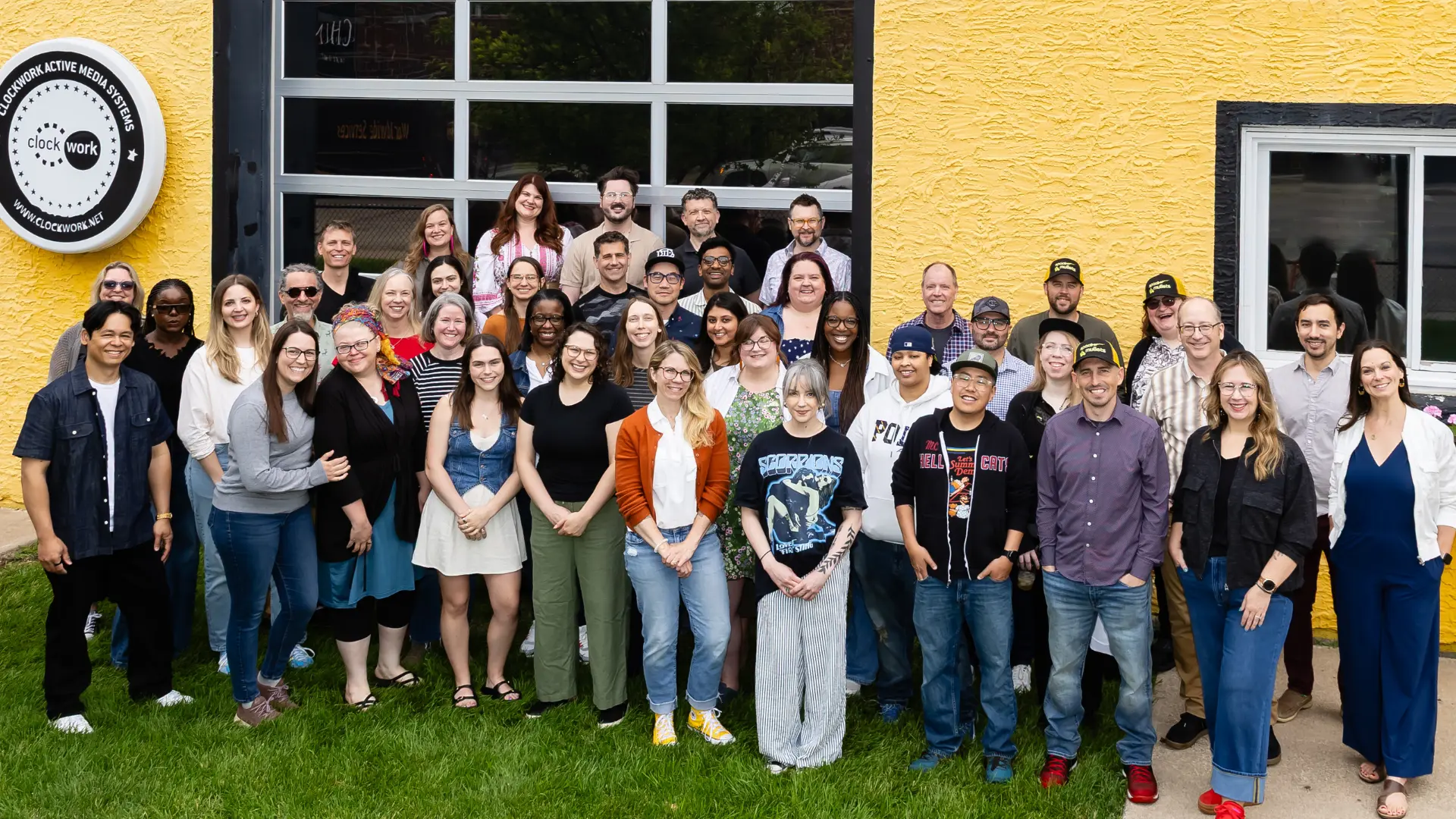There’s no denying it, “engagement” is popular in business right now. First came an appreciation for and focus on user engagement, an outcome of our digitally-centered time. Then came an appreciation for employee engagement, a metric that’s become increasingly important as companies realize that engagement correlates with productivity.
Both are necessary. If you aren’t focused on the activity, culture, and energy — the human stuff —that’s happening internally you can’t authentically create anything human-centered for your customers.
Now that businesses have come around to the fact that customer engagement is the key to growing sales and employee engagement is the key to productive workplaces, what’s next? Where else can organizations and individuals focus to make business more human?
The next engagement frontier is with each other: With clients and team members.
This means stepping out of our “swim lanes” at times. It means investing in people, not just your output. And it means bringing humanity to all interactions and seeing all people as individuals, not as project roles or job titles.
The engagement we foster in meatspace with our clients and colleagues requires attention, commitment, and awareness. Why? The secret to successful work relationships isn’t in delivering the best work all the time with no mistakes.
The secret to good business relationships is in the amount of effort we’re willing to put into the actual relationship.
That’s engagement.
Think of your most successful and rewarding personal relationships: They’re the ones that you invest in. Take your life partner as an example. If you stop taking time to talk or stop doing things together apart from the absolute minimum, you stop being interested and interesting to them. And your relationship wanes; it becomes a set of motions. (We all know date nights are important for a reason.) This happens at work, too.
Client relationships get stale if we don’t actively contribute to and shape them.
Translating that into business means not letting the process take over emotional space. The steps we take to get work done can’t replace the emotional energy required to know how those steps are being received and if they’re the right steps for the moment.
Cognitive intelligence can’t replace emotional intelligence. The success we have with our clients is all about how we engage them beyond the must-dos. In the agency business, this responsibility often falls on people with titles like Account Director or Project Lead. But that’s not scalable or effective. Every person on every team on every project has to engage with all the people.
Engagement is sensing what should happen, not what’s “supposed” to happen.
It’s a strategist who makes herself available to a client to help solve a problem that wasn’t “in scope” but that was preventing the client from moving forward. It’s sensing someone needed help and showing up when it was needed.
It’s a tech lead who partners with the client-side technologist to experiment with and explore new technologies apart from what’s required for the product.
It’s an owner who routinely shares articles and has in-depth conversations with a client about not just the work we’re doing, but also about the digital industry and its industry.
It’s a software developer who goes to a client’s office to walk through tech documents to ensure the client understands the details and the consequences of those details.
Step outside the process to interact with clients and each other.
When we let the process drive, our relationships become focused on deliverables. We stop talking to each other and paying attention to the non-verbal communication. Deliverables aren’t a relationship, they’re a to-do list. And people don’t respond well to feeling like a to-do list.
People want to know you actually care about them. You can show this by investing in a personal relationship with them. Personal doesn’t mean intimate, familiar, or inappropriate. Just a relationship in which you actually care about the person and their individual needs.
- Check in with people.
- Have a conversation rather than sending an email.
- Offer to go over that thing you just made or the document you just wrote.
- Take clients and colleagues out to coffee to see how they feel about a project. Ask what’s frustrating and what’s been rewarding.
- Ask how you can help.
The reason engagement works for businesses when it comes to customers and employees is because people like being treated like people. The same is true for all the people inside those business. Personal interactions don’t require a ton of energy and, at the end of the day, they show our humanity. Small human gestures make people feel connected and cared about.
When we are human it doesn’t matter if we screw up or fall down (which we will, that’s human, too) because we will be engaged with the people around us, and they will recognize our commitment and dedication to them.




